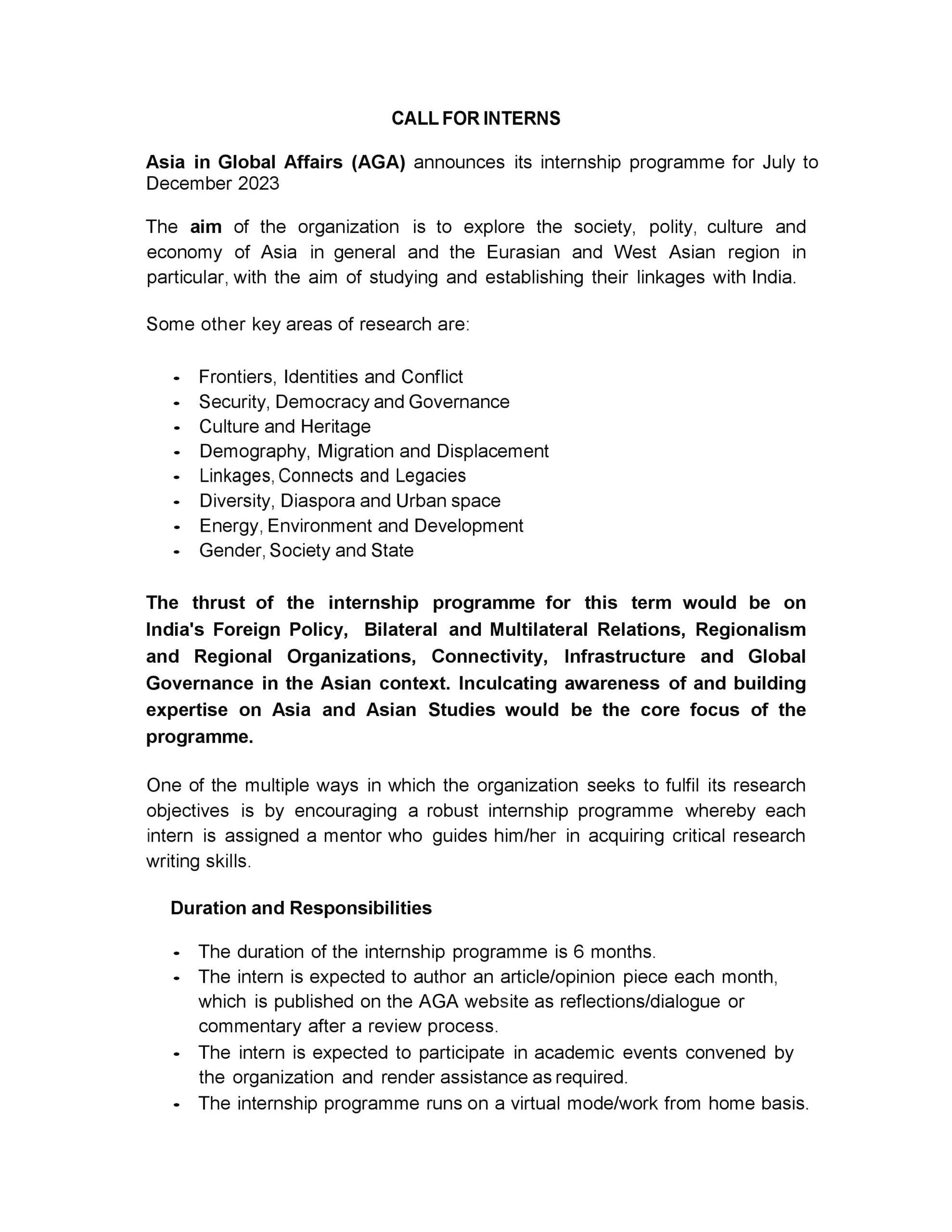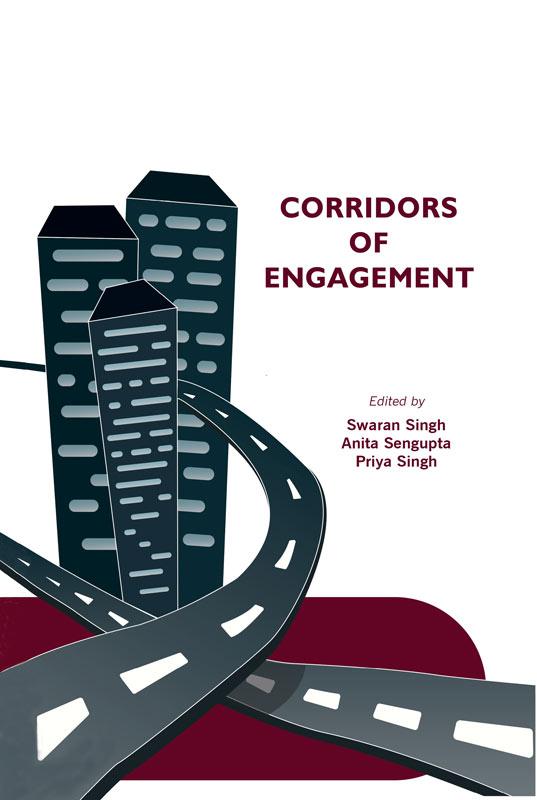An unexplored and unique lecture on the book ‘Mahatma on the Pitch: Gandhi and Cricket in Colonial India’ was presented by Dr. Kaushik Bandyopadhyay, Professor and Head of the Department of History, West Bengal State University, Barasat, on April 12, 2019. The lecture was chaired by Dr. Binoda Kumar Mishra, Director at Centre for Studies in International Relations and Development, Kolkata. This hour-long talk was held at the Eastern Zonal Cultural Centre. Formerly, the Fellow of the International Olympic Museum, Lausanne (2010) and the Maulana Abul Kalam Azad Institute of Indian Studies, Kolkata 2006-2009 and 2013-2015), he is also the editor of Soccer and Society. As a sports enthusiast, he has authored several books merging the cultures of India, Bangladesh, and the like.
The lecture highlighted the perspectives of the Indian nationalist leader- Mahatma Gandhi on Cricket- the sport that unites the whole of India and that dominates Indian national consciousness. The said subject of discussion unravels the dynamics of one of the greatest icons of the twentieth century and the most assertive emblem of solidarity in the twentieth century. As the two most prominent sub-components of India, Dr. Kaushik Bandyopadhyay goes on to establish the relationship between the two, tracing it back to the colonial era. Notwithstanding the adoption of boycott and swadeshi by relinquishing all foreign products, it is interesting to note Gandhi’s take on this colonial sport. It was in November 2017 that the speaker got a call from Rupa Publication and was asked to write upon the relation between Gandhi and Cricket. However, the 99 volumes of Gandhi’s writings and the history of India all over the world seemed awfully inadequate to theorize it into a book. Gandhi was always averse to sports. However, alongside his constant struggle to eradicate untouchability and communal disparity, he questioned the socio-cultural aspects of the game. He never played modern cricket even in school, except once when he participated in the Ranji Trophy in England.
India started excelling in the Olympic Games in Hockey, wherein India claimed the goal medal in 1928. In 1931 as a civil disobedience campaign was being waged by Gandhi, he was requested by C. E. Newham on behalf of the Indian Hockey Federation to subscribe to the Hockey fund in order to support the preparations of the India hockey team for the ancient Olympics. Gandhi, however, was indifferent to this request. He claimed that he did not know what the sport was about, although he was not against it. The first major influence of Gandhism was reflected from the way cricket was played in India in the first two decades of the twenty-first century. Bombay cricket in the late 19th century was divided into several Gymkhanas for the Hindus, Muslims and the Parsees who organized cricket matches. The advent of 1890s was marked by classic encounters between the Parsees and the Europeans. The Hindu Gymkhana in 1907, the Muslim Gymkhana in 1912, in 1937, the Anglo-Indians and others joined the tournament, thus becoming the famous pentagonal tournament. It is regarded as the predecessor of the IPL because it was the first occasion when cricket made a lot of money. India was in the midst of a series of communal riots, and it was this tournament which provided a platform where various communities would come together and provided opportunities for the politicians to learn from the sense of solidarity that had emerged within them whilst playing this sport and to apply the same in the field of politics. Unfortunately, when in 1928, when the BCCI (Board of Control for Cricket in India) was formed, they promoted the idea of regional tournaments, that is, the Ranji Trophy which exists till date, a series of opposition began to arise citing clear reasons to ban such tournaments that are communal in character.
There were various debates and discussions that gained momentum in the early stages on the issue whether community-based cricket was acceptable to the Indian nation in making and whether it alleviated communal tensions. Apparently, the debate seemed to be one of the ideas between two schools of thought- one, holding that communal matches are designed and have actually brought the otherwise warring communities together through the medium of cricket to bring about peace and amity; while the others thought that communal cricket has led to unhealthy rivalry that has teared the community further apart. This can be connected to the rising communal tensions in the Indian politics and society in the 1930s, which had ultimately culminated in the Lahore escalation of the Muslims in 1940 for the creation of Pakistan.
The pentagonal debate reached a point of crisis in the first week of December in 1940 while the Second World War was on and the national politicians called for their from such communal tournaments. The members sought the advice of Mahatma Gandhi on the matter to resolve the impasse. Gandhi as a shrewd politician did not want the tournament to continue as the war was taking a heavy toll on the lives of the people. He did not support such tournaments on the grounds that it indeed promoted communal tensions. Gandhi’s popularity vis-à-vis Subhash Chandra Bose was largely affected and the impact was felt on his movements as well. Gandhi was reluctant to accept the change of heart of cricket which was so fervently advocated. He did not support the cause of social unanimity in the face of the embedded communal politics. If Hindus and Muslims remained at peace and maintained a sense of brotherhood on the cricket pitch, they could have exhibited the same fervour in society in general and in politics in particular. It can be said that Gandhi’s strong ideals prevented him from experimenting with the forces of cricket as a cultural tool to foster communal equality. However, Gandhi’s perception was accepted by the larger body of the Gymkhana and he succeeded in preventing the Hindus from taking part in the tournaments. Gandhi’s position, was challenged ultimately as the Hindu Gymkhana participated in the tournaments the next year and Gandhi’s resolve stood defeated. Thus, Gandhi became increasingly unpopular in contemporary media and amongst the people of Bombay. His critics mentioned that since Mahatma had no experience with regards to the technicality of sports, his suggestions should not have been sought for in the first place. Thus, Mahatma’s stand was repudiated, hence ending his connection with cricket.
In 1946, in the wake of communal riots in Kolkata, Bihar, North Delhi, such communal tournaments came to an end, marking the end of a glorious chapter on Indian cricket. The nostalgic idea of how different religions and races could perform in harmony was cherished in the later decades in cricket commentaries and the like, as they are all united in their immense love for cricket. Despite this effort, the partition of India could not be averted. As Ramchandra Guha commented, “neither Cricket, nor Gandhi could stop it”. Had Gandhi been alive, would he accept the Indian Premier League today? The answer is both a Yes and No. No- because it would be considered an impunity by the heavily ascetic Gandhi that would destroy the spirit of the game, and Yes because interestingly, the IPL provides a ground for international amity through non-violent cricket.
It was indeed an intriguing talk highlighting an unparalleled discussion on how Gandhi became embroiled in Cricket. The session was followed by a question-answer session to further probe into the subject.
Report prepared by Mahima Maniar, Intern, Asia in Global Affairs


